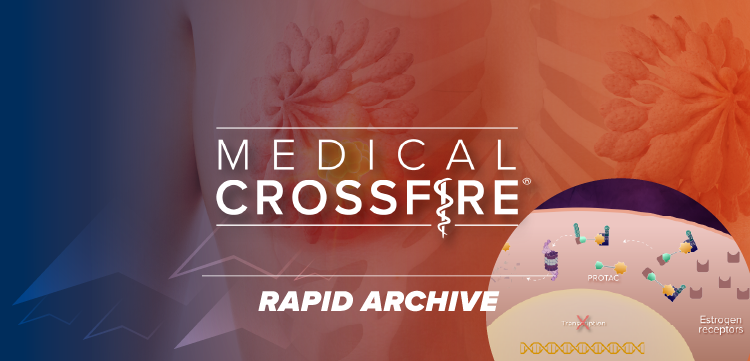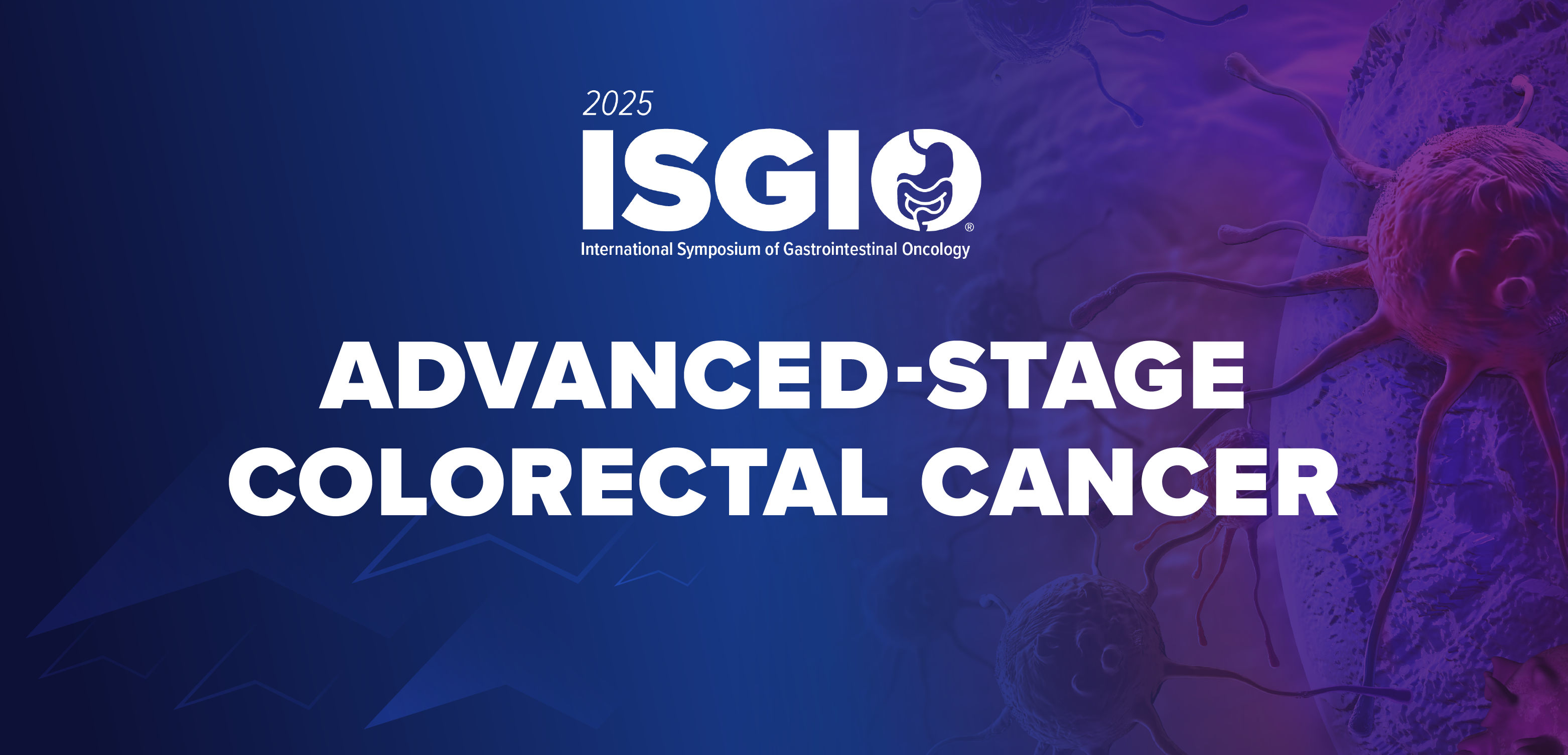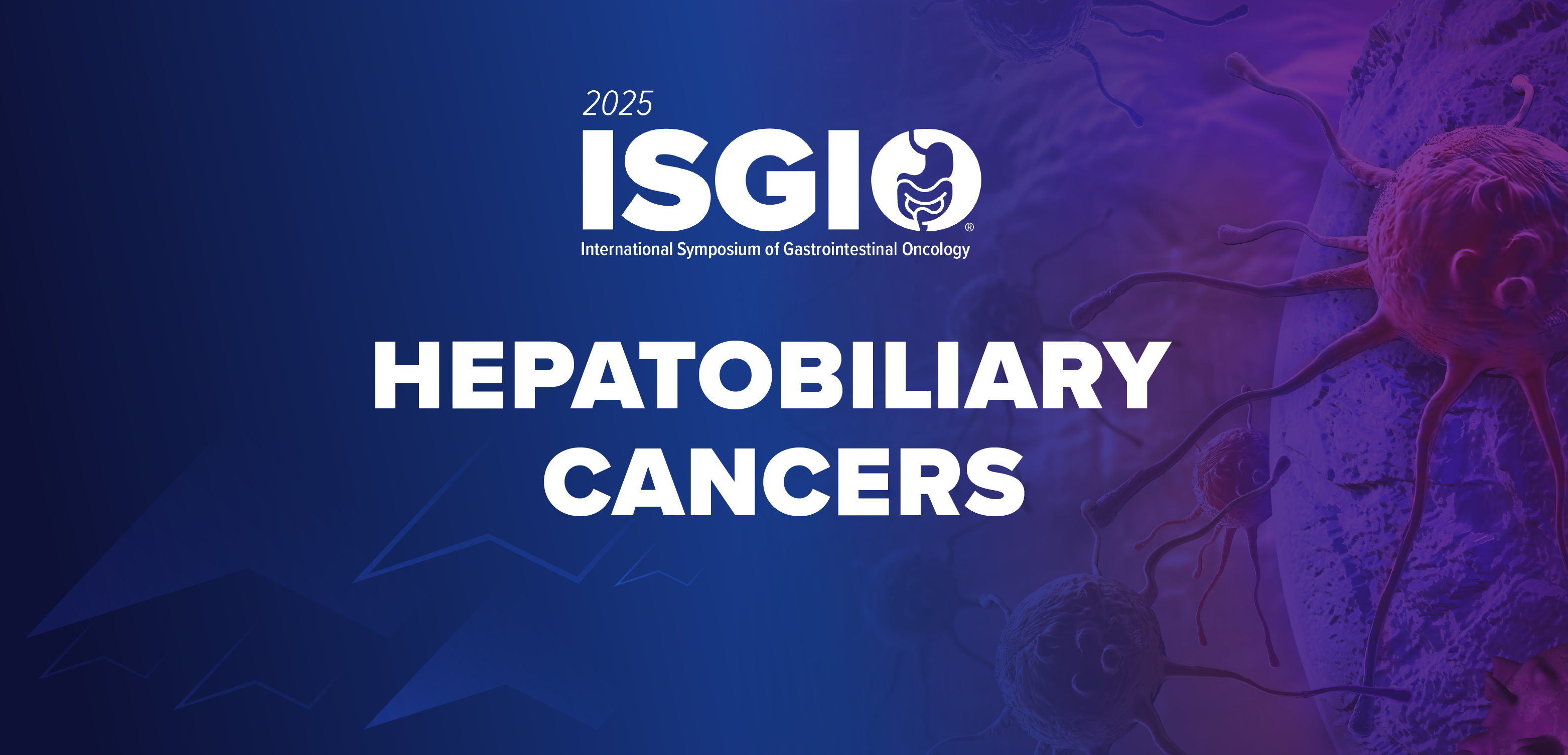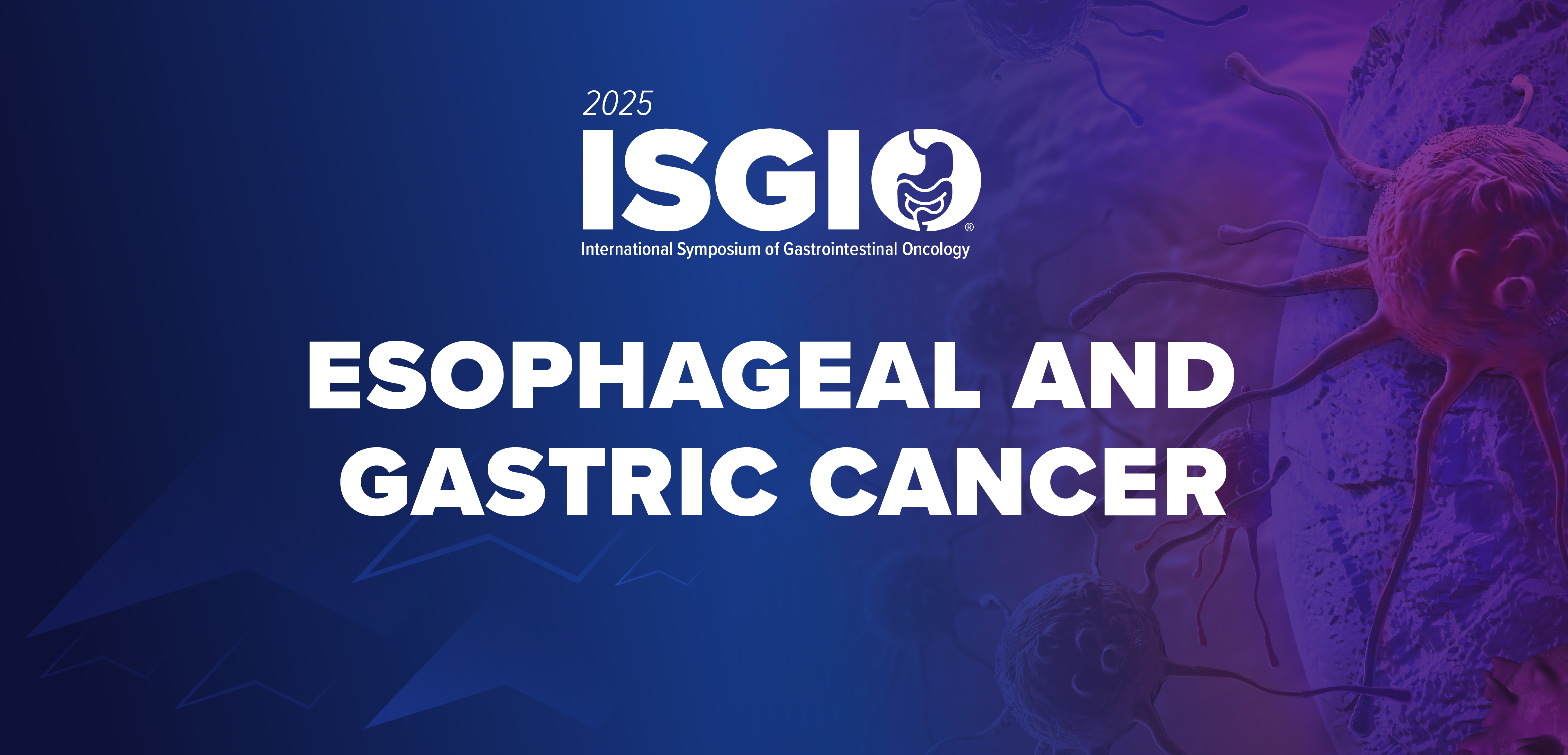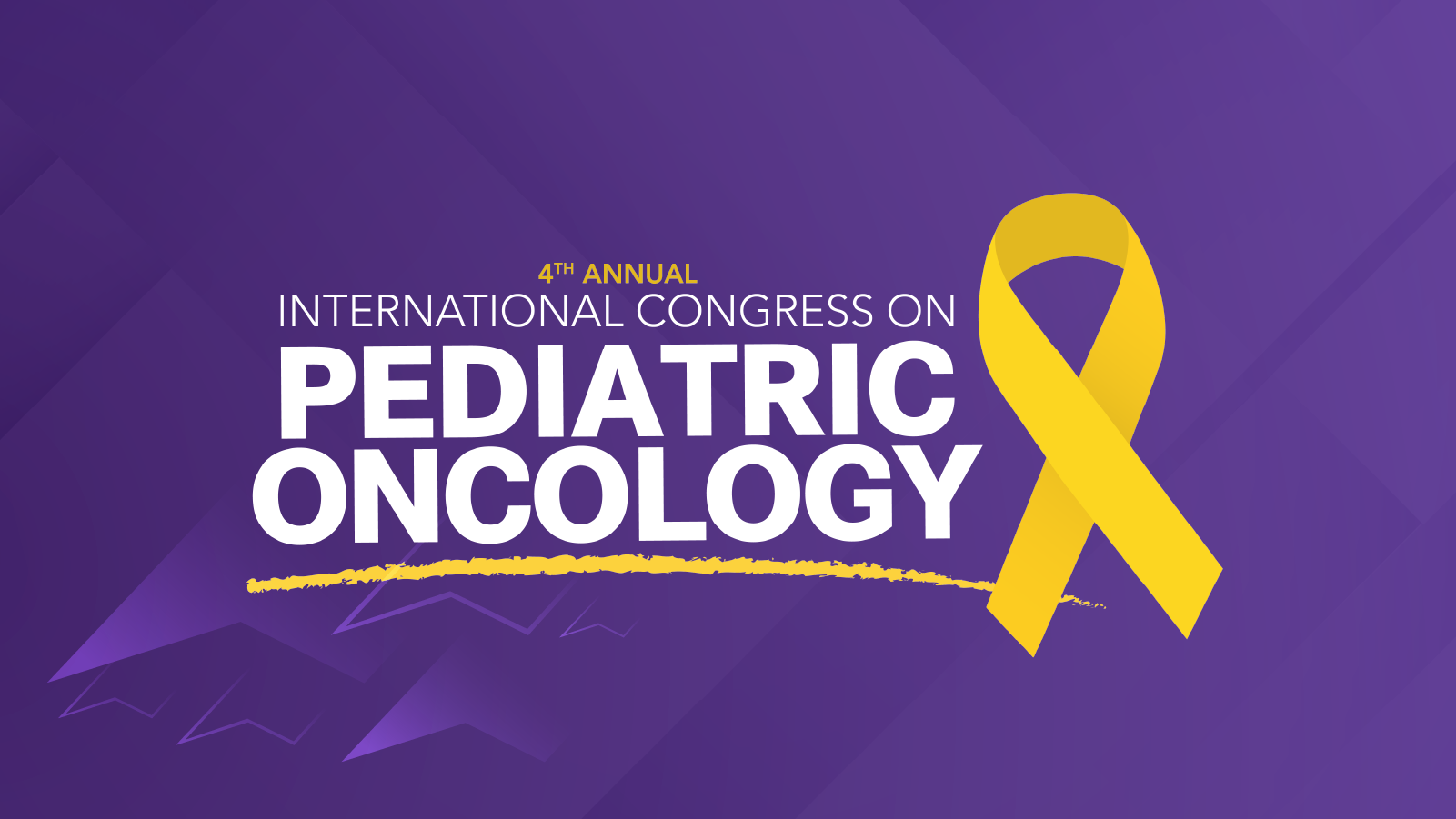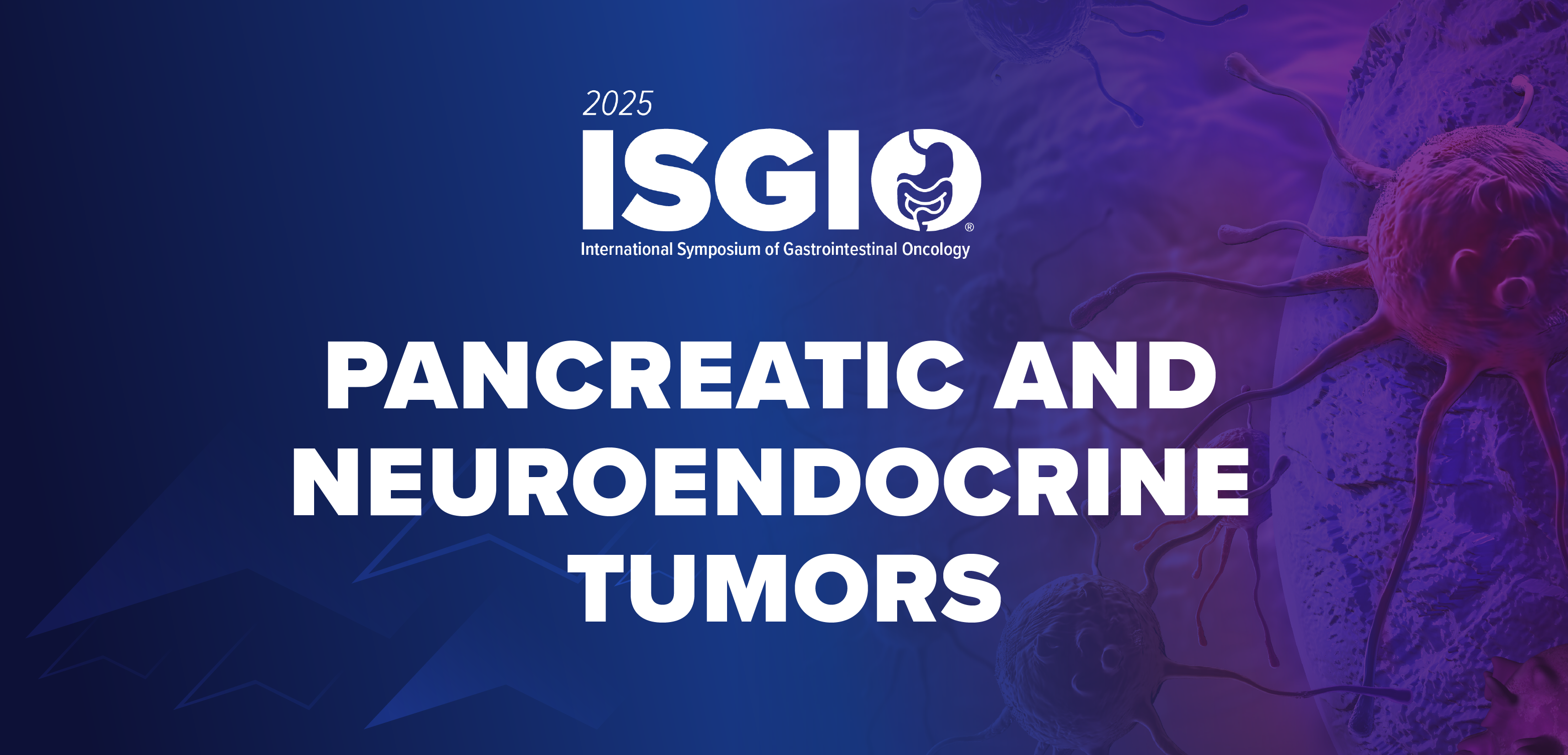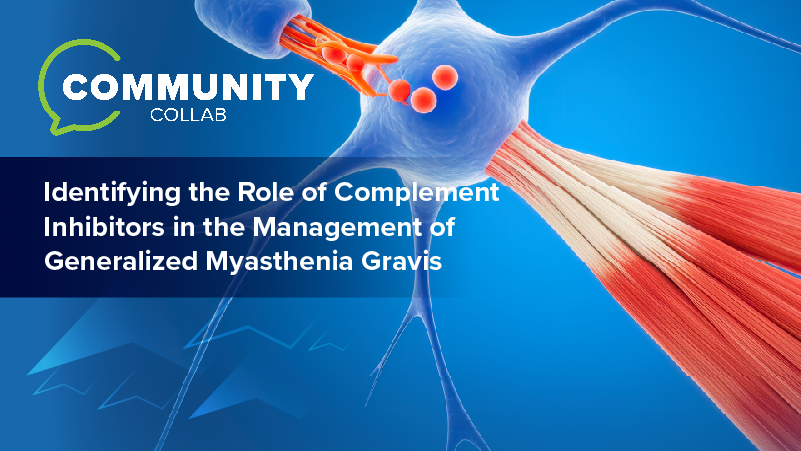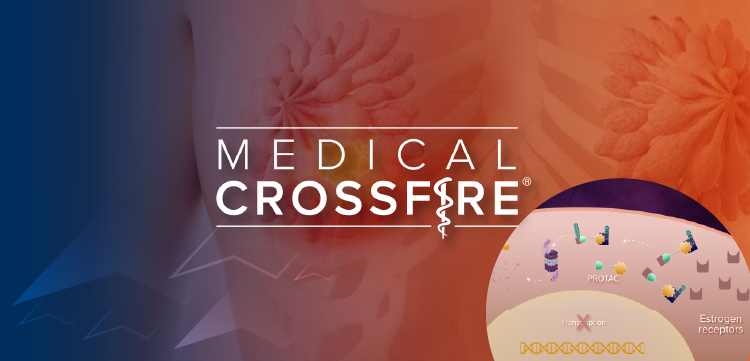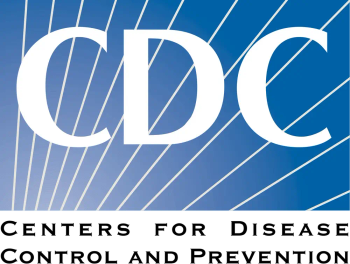
Top 5 Infectious Disease News Stories Week of August 2-9
This week, from synthetic biosecurity concerns to gaps in maternal hepatitis C screening, rising COVID cases, antimicrobial resistance, fast-tracked CF therapies, and more.
Understanding the Serious Risks, Potential Benefits Around the Mirror Life Concept
At the 2025 ASM Microbe Conference, David Relman, MD, discussed the controversial and theoretical concept of "mirror life"—a synthetic form of life made from mirror-image biomolecules, which has never been found in nature. While mirror molecules like proteins and oligonucleotides may offer promising therapeutic benefits due to their resistance to enzymatic breakdown, Relman and other scientists warn that creating full mirror life forms poses severe, potentially irreversible risks to ecosystems and human health. He emphasized that although parts of this research could lead to biomedical advances, particularly with mirror molecules, the risks of developing mirror organisms far outweigh the benefits. Relman advocates for careful distinction between beneficial synthetic biology research and high-risk ventures like mirror life, urging scientists to contribute to public policy decisions that safeguard global biosecurity.
Universal Hepatitis C Screening in Pregnancy: Progress Made, But Challenges Remain
Despite updated national guidelines recommending universal hepatitis C (HCV) screening during pregnancy, recent data show that fewer than 40% of pregnant individuals are tested, missing critical opportunities to prevent perinatal transmission. Erica Kaufman West, MD, FIDSA, emphasized in IDSA’s Science Speaks that the opioid crisis has shifted HCV infections to younger populations, including pregnant people, yet testing remains inconsistent. While screening rates have improved, more than doubling since 2014, they still lag far behind those for HIV, which exceeds 90%. There are currently no FDA-approved HCV treatments for use during pregnancy, making postpartum care and infant follow-up essential. Experts call for system-level changes to boost testing and linkage to care, arguing that pregnancy offers a vital window for identifying and addressing HCV to support long-term public health goals.
Determining Resistance Patterns in Difficult-to-Treat Resistant Pseudomonas Infections
A recent NIH-funded study comparing ceftolozane/tazobactam and ceftazidime/avibactam for difficult-to-treat resistant Pseudomonas aeruginosa infections found no statistically significant difference in resistance emergence, though resistance appeared more frequently in the ceftolozane/tazobactam group (38% vs 25%). Pranita Tamma, MD, MHS, senior investigator on the study, emphasized that the sample size was small and cannot support definitive conclusions, but highlighted the strength of their methodology—including use of broth microdilution to assess susceptibility. Despite the findings, Tamma favors ceftolozane/tazobactam for DTR Pseudomonas due to its targeted activity and the need to preserve ceftazidime/avibactam for other resistant pathogens. She noted that while ceftolozane is structurally superior against Pseudomonas, a shared resistance mechanism involving mutations in the AmpC enzyme may explain the unexpected results. More research is needed to guide optimal treatment decisions for these high-risk infections.
Rising COVID Cases and Narrowed Booster Access Spark Concern Among Experts
COVID-19 cases are climbing across the US, particularly in the South and Midwest, just as federal policy narrows eligibility for updated 2024–2025 booster vaccines, alarming health experts. The CDC reports strong vaccine effectiveness, especially for older and high-risk adults, yet the Trump administration now limits boosters to those 65+ or with underlying conditions, excluding most children and pregnant individuals. Low vaccine uptake—only 23% of adults and 5.6% of young children- has left immunity gaps that could drive a late-summer surge. Experts stress the importance of broad vaccination to reduce community spread and warn that variants with immune-escape potential may further fuel transmission. Meanwhile, new data from Pfizer’s EPIC-IC trial suggests extended antiviral treatment may reduce viral rebound in immunocompromised patients, highlighting the need for continued access to both vaccines and antivirals.
FDA Fast Tracks Antibody Therapy for Pulmonary Infections Including Cystic Fibrosis
The FDA has granted Fast Track and Qualified Infectious Disease Product (QIDP) designations to Clarametyx Biosciences’ investigational antibody therapy CMTX-101, signaling its potential to address chronic pulmonary infections in conditions like cystic fibrosis (CF), non-CF bronchiectasis (NCFB), COPD, and NTM lung disease. Now in a phase 1b/2a trial, CMTX-101 is being evaluated as an adjunct to standard antibiotics. An interim analysis from the first 21 CF patients showed a statistically significant reduction in Pseudomonas aeruginosa, detection of the drug in sputum, no anti-drug antibodies, and a favorable safety profile. The therapy works by disrupting bacterial biofilms, enhancing antibiotic efficacy and immune clearance. Clarametyx expects full trial enrollment by the end of 2025, backed by new Series A financing.
Newsletter
Stay ahead of emerging infectious disease threats with expert insights and breaking research. Subscribe now to get updates delivered straight to your inbox.
















